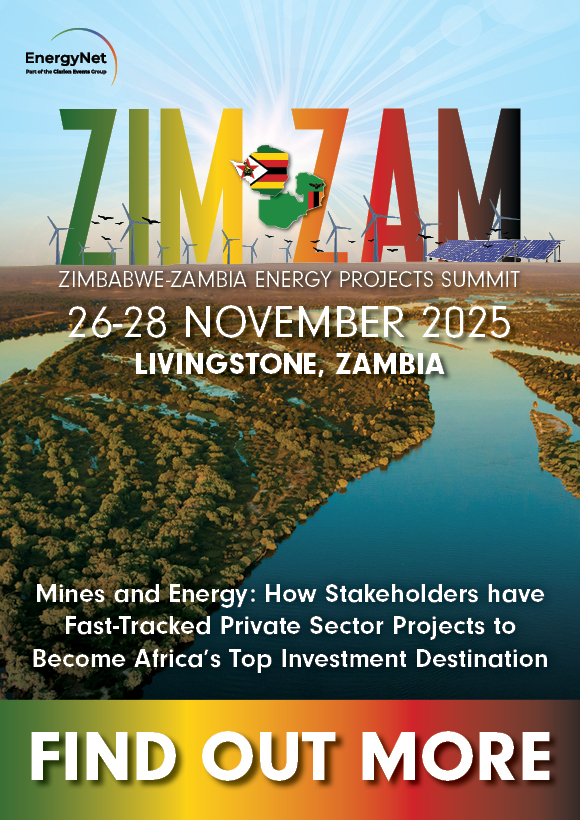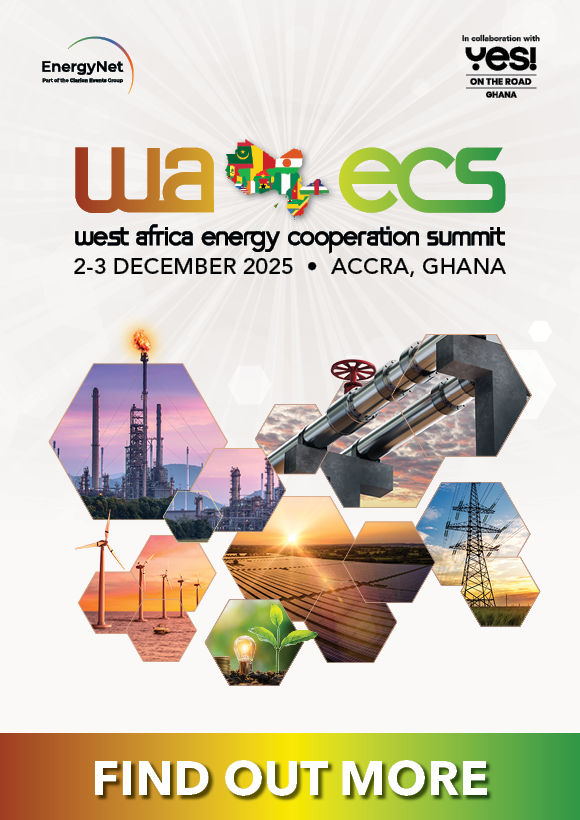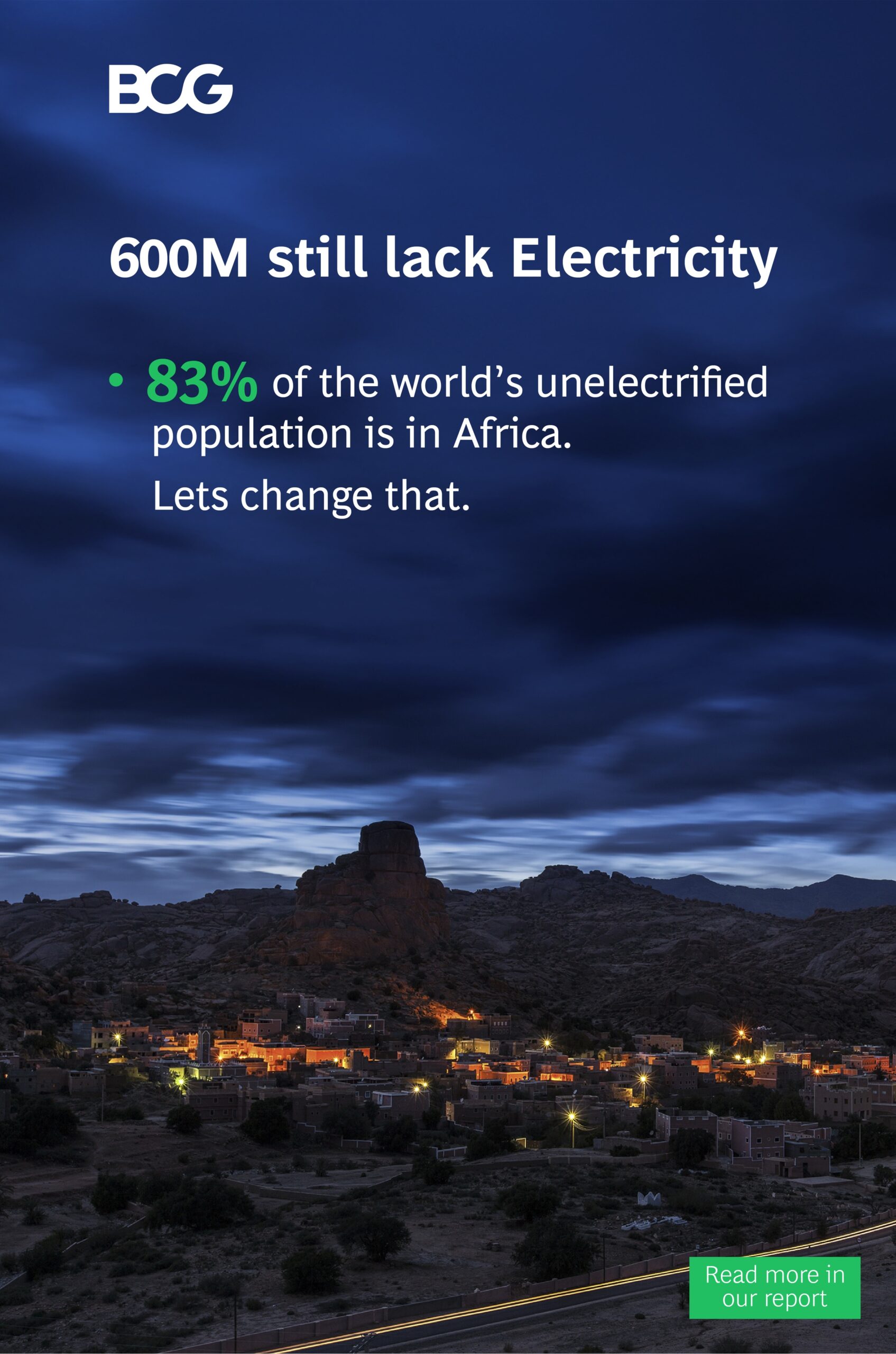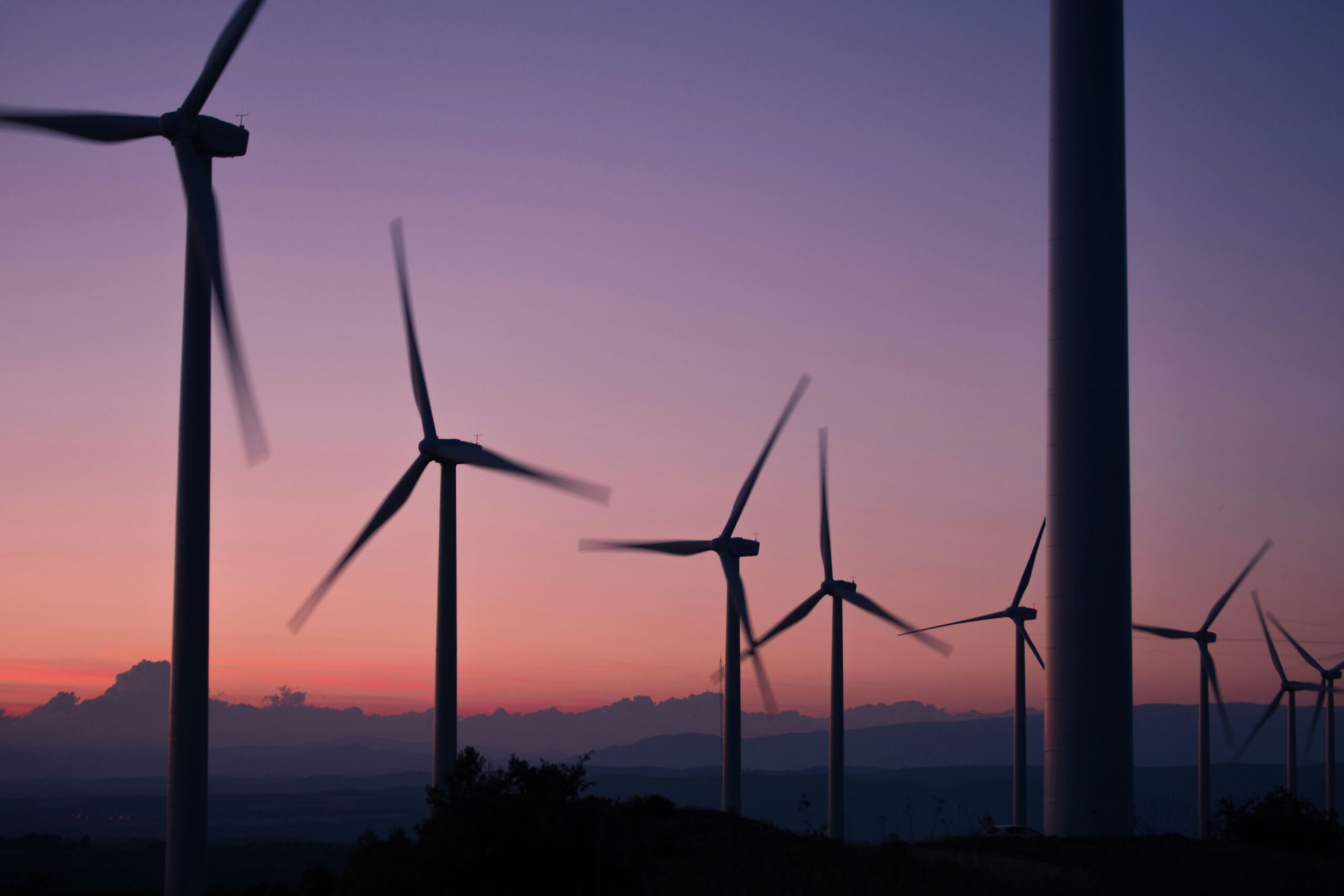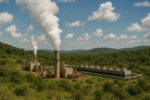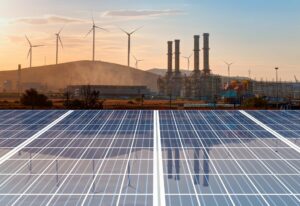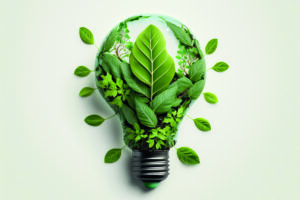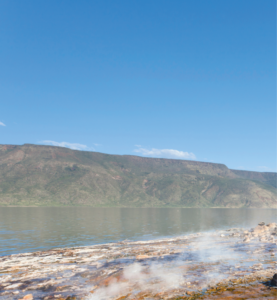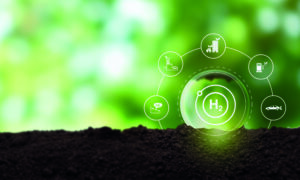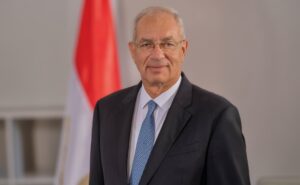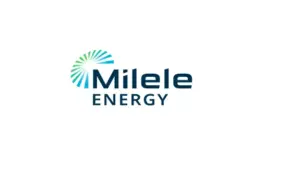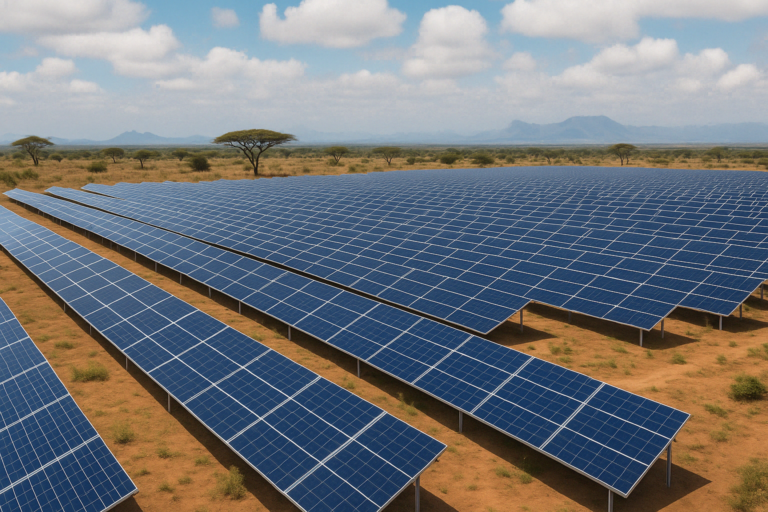
Solar Leads the way as Africa Attracts Fresh Renewables Investment
Some large renewable energy projects are coming to fruition, even if the investment climate for African renewables remains fragile, reports Ian Lewis
The case for developing Africa’s copious renewable energy resources to overcome the continent’s huge power deficit has always been strong. It’s a case that has become all the more compelling given the intensifying struggle to drive down global greenhouse gas emissions and combat soaring fossil fuel prices.
But the task is immense. As an UNCTAD report published in March highlighted, while access to energy has increased in recent years, more than 50% of sub-Saharan Africa’s population still lacks access to electricity. UNCTAD warns that without extra efforts, the region’s population without access to clean fuels could increase to over 1.1 billion people in 2030 from 923m in 2020.
Africa has long exploited one energy source classified as renewable – hydropower. Countries like Egypt, Ghana, Zambia, Zimbabwe and the Democratic Republic of Congo have relied on hydropower for much of their power supply for decades.
But it won’t be hydropower attracting the bulk of investment in future, given the unreliability of Africa’s water resources, which is unlikely to improve as climate change continues to disrupt weather patterns. Solar, wind and, given the right conditions, geothermal and marine energy are where the money needs to go, as investors that shied away from the continent during the Covid pandemic regain confidence in Africa.
Persuading risk-averse investors back to Africa’s green energy sector is being made easier because some parts of the continent have established track records in renewables development – many countries are no longer pioneering territory for investors, who have pumped money into projects of all sizes over the last five or ten years. More sophisticated support backed by international development finance institutions, such as blended finance initiatives and investment guarantees, is also helping to mobilize private capital.
By 2022, Africa was host to 62 gigawatts of all forms of renewable energy capacity, including solar, wind, hydropower and geothermal, according to the International Renewable Energy Agency (IRENA). That’s more than double the capacity a decade earlier. Solar and wind, whose share was negligible in 2012, now account for a third of total capacity.
There is no doubt the investment potential is huge. Under the International Energy Agency (IEA) Sustainable Africa Scenario, Africa’s electricity demand could increase 75% by 2030, with renewables, mainly solar photovoltaic, accounting for most new capacity additions aimed at meeting it. By 2030, solar and wind together could contribute 27% of power generation, eight‐times more than in 2020, according to the IEA’s African Energy Outlook 2022.
Where investment conditions have been right, funding has continued to flow for grid-scale renewable projects, particularly solar.
As the African Energy Chamber’s The State of African Energy: 2023 Outlook reports a number of international renewables investors and developers are now well established on the continent, such as investor CWP Global, Norwegian-based developer Scatec, Middle Eastern players such as the UAE’s Masdar and Egypt’s Hassan Allam, as well as renewables divisions of energy giants, such as TotalEren.
North African mega-projects
North Africa is leading the way in terms of the solar mega-project pipeline lined up for the next few years, capitalising on the ample solar resources of the Sahara, and the region’s potential to develop renewables-powered green hydrogen production and related industries to supply European and other markets.
Among the largest in train, are projects in Mauritania and Morocco. These include the Aman Project in Mauritania, being developed by CWP Global, which is slated to have a total capacity of 12 GW to be brought online in stages up to 2036. This will underpin a multi-billion-dollar green hydrogen development being championed by the government.
In Morocco, the Amun project, also being developed by CWP Global, is a 7.5GW project that will supply the grid, with surplus power going to green hydrogen production which is scheduled to be at full capacity by 2032. Egypt has also embarked on a significant roll out of solar projects, which will take it up the league table of African solar energy generation capacity.
Sub-Saharan solar successes
In sub-Saharan Africa, Botswana and Namibia are jointly developing solar projects providing a total of 4GW of capacity split between the two countries, backed by various multilaterals, including the African Development Bank and World Bank Group institutions. On completion, scheduled for 2030, the project should enable the two countries to meet most of their electricity demand with green energy.
South Africa has been a solar and wind pioneer, benefitting from the combination of established financing pathways, a degree of government support, and one of Africa’s largest domestic power markets. The underlying driver is the country’s need to wean itself off its coal addiction – and to reduce the number of blackouts, which have hit the country hard over recent months.
Kenya is supplementing its long-standing and expanding use of geothermal power generated in the Rift Valley by using solar power in innovative ways to support everything from horticulture to water pumping, besides rapid scaling up of grid-scale solar farms and building on pioneering work in off-grid solar at the village and household level. Senegal and Ghana are also among states building out renewables capacity. Nigeria, the continent’s most populous nation, while developing various solar projects, continues to lag in terms of the pace of the roll out.
In contrast to solar, the uptake for wind energy across Africa has generally been slower, in part because the best wind resources are restricted to fewer areas, and also because solar is cheaper and easier to develop. Only three African countries – Egypt, Morocco and South Africa – have installed more than 1 GW of wind energy capacity.
Connectivity still the main problem
The biggest challenge for the grid-scale renewables sector in Africa – and indeed in many other parts of the world – is the limitation of transmission networks. Developers are not going to build projects unless there is a guaranteed way to get their power to market and that’s often not the case at the moment.
IEA Executive Director Fatih Birol said in May 2023 that although clean energy investment was moving fast, the largest barrier to the expansion of renewable energy in Europe, US and Asia and Africa remained connection to electricity grids.
In Africa, the situation is particularly acute given the limited reach and capacity of transmission networks. As Moritz Breickmann, investment director at African Infrastructure Investment Managers, tells us, South Africa’s current power crisis has been exacerbated by the lack of grid availability in areas with the best renewable energy resources.
Off-grid shows its worth
Problems with grid connection reliability and expansion help explain the continued growth of the off-grid solar market, covering mini-grids and household solar, which was thriving before the Covid pandemic curtailed customers’ ability to pay for it and hampered supply logistics. Investment is starting to flow again, and some significant projects are emerging.
In February, Kenya said it would build 136 solar-powered mini-grids in remote areas not connected to the national grid, as part of a $150m programme funded by the World-Bank.
Over 3,000 solar mini grids have been installed in sub-Saharan Africa, compared to 500 by 2010, according to the Bank. It also estimates that another 9,000 mini grids could be built across sub-Saharan Africa in the next few years, as falling costs make off-grid solar power more affordable and investable.
“Solar mini grids can reach populations today that would otherwise wait years to be reached by the grid. They have the potential to transform the power sector in Sub-Saharan Africa,” Gabriela Elizondo Azuela, Manager of the World Bank’s Energy Sector Management Assistance Program (ESMAP) said on announcing the Kenyan project.
Meanwhile, Madagascar’s WeLight won €19m of funding from investors to build and develop small solar mini-grids in over 120 villages in rural Madagascar, that will serve some 250,000 people in more than 45 000 households. WeLight, which is owned by Madagascar's Axian Group, Norwegian development finance institution Norfund and France’s Sagemcon. WeLight currently operates 40 mini-grids bringing electricity to 9,000 households. The investor group includes the European Investment Bank, EIB, Triodos Investment Management and EDFI ElectriFI, an EU-funded electrification financing Initiative.


